Do you have a question about the MSI MEG Z490 UNIFY and is the answer not in the manual?
Lists essential safety guidelines for handling components and assembly.
Describes essential rear panel buttons.
Covers CPU socket, DIMM slots, and PCIe slots.
Details M.2, SATA, and front panel connectors.
Power connectors, USB, Audio, and other internal headers.
Jumpers, buttons, and fan connectors.
Describes key onboard LEDs and their purpose.
Switch for LED control and POST code display.
Guide for Windows 10 OS installation.
Procedure for installing system drivers.
Steps to access BIOS settings.
Methods to restore BIOS to default settings.
Using M-FLASH for BIOS updates.
Updating BIOS via software.
Using the dedicated BIOS update button.
Steps to enable RAID support.
Installing drivers for RAID during OS setup.
Installing the management software.
Guide for installing Optane modules.
Activating Optane memory in software.
Steps to disable Optane before removal.
BIOS setting to disable Optane functionality.
Diagnosing power-on and monitor signal issues.
Resolving boot problems and lost BIOS passwords.
Diagnosing issues with audio, network, and USB devices.
Lists essential safety guidelines for handling components and assembly.
Describes essential rear panel buttons.
Covers CPU socket, DIMM slots, and PCIe slots.
Details M.2, SATA, and front panel connectors.
Power connectors, USB, Audio, and other internal headers.
Jumpers, buttons, and fan connectors.
Describes key onboard LEDs and their purpose.
Switch for LED control and POST code display.
Guide for Windows 10 OS installation.
Procedure for installing system drivers.
Steps to access BIOS settings.
Methods to restore BIOS to default settings.
Using M-FLASH for BIOS updates.
Updating BIOS via software.
Using the dedicated BIOS update button.
Steps to enable RAID support.
Installing drivers for RAID during OS setup.
Installing the management software.
Guide for installing Optane modules.
Activating Optane memory in software.
Steps to disable Optane before removal.
BIOS setting to disable Optane functionality.
Diagnosing power-on and monitor signal issues.
Resolving boot problems and lost BIOS passwords.
Diagnosing issues with audio, network, and USB devices.
| Processor socket | LGA 1200 (Socket H5) |
|---|---|
| Processor manufacturer | Intel |
| Compatible processor series | Intel Celeron, Intel Pentium G |
| Maximum number of SMP processors | 1 |
| Non-ECC | Yes |
| Memory channels | Dual-channel |
| Memory slots type | DIMM |
| Number of memory slots | 4 |
| Supported memory types | DDR4-SDRAM |
| Maximum internal memory | 128 GB |
| Supported memory clock speeds | 2133, 2666, 2933 MHz |
| RAID levels | 0, 1, 5, 10 |
| Supported storage drive types | HDD & SSD |
| Supported storage drive interfaces | M.2, PCI Express 3.0 |
| Parallel processing technology support | 2-Way SLI, 3-Way CrossFireX |
| USB 2.0 connectors | 2 |
| Number of SATA II connectors | 0 |
| Number of SATA III connectors | 6 |
| USB 2.0 ports quantity | USB 2.0 ports have a data transmission speed of 480 Mbps, and are backwards compatible with USB 1.1 ports. You can connect all kinds of peripheral devices to them. |
| USB 3.2 Gen 2 (3.1 Gen 2) Type-A ports quantity | 3 |
| LAN controller | Realtek RTL8125B |
| Wi-Fi standards | 802.11a, 802.11b, 802.11g, Wi-Fi 4 (802.11n), Wi-Fi 5 (802.11ac), Wi-Fi 6 (802.11ax) |
| Bluetooth version | 5.1 |
| Ethernet interface type | 2.5 Gigabit Ethernet |
| Audio chip | Realtek ALC1220 |
| Component for | PC |
| Motherboard chipset | Intel Z490 |
| Audio output channels | 7.1 channels |
| Motherboard form factor | ATX |
| Number of mounting holes | 9 |
| Windows operating systems supported | Windows 10 x64 |
| BIOS type | UEFI AMI |
| Harmonized System (HS) code | 84733020 |
| Depth | 244 mm |
|---|---|
| Width | 305 mm |
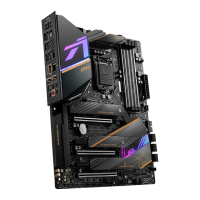
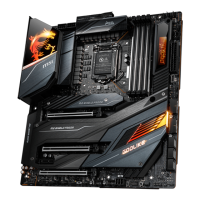
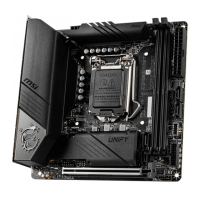
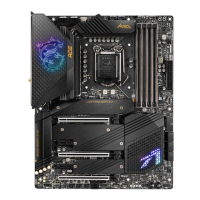

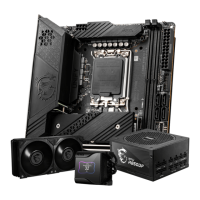


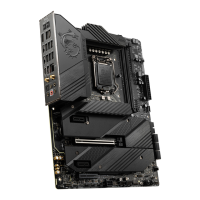

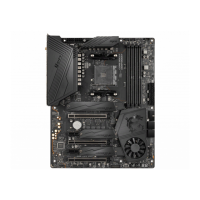
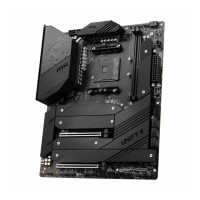
